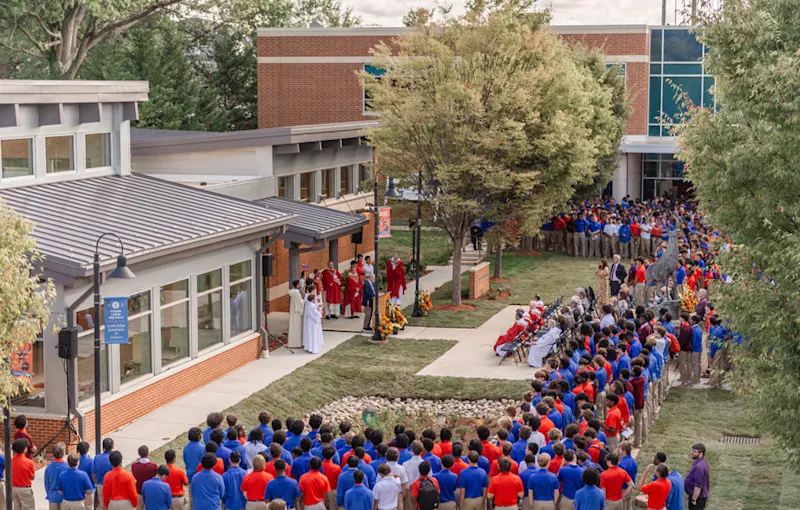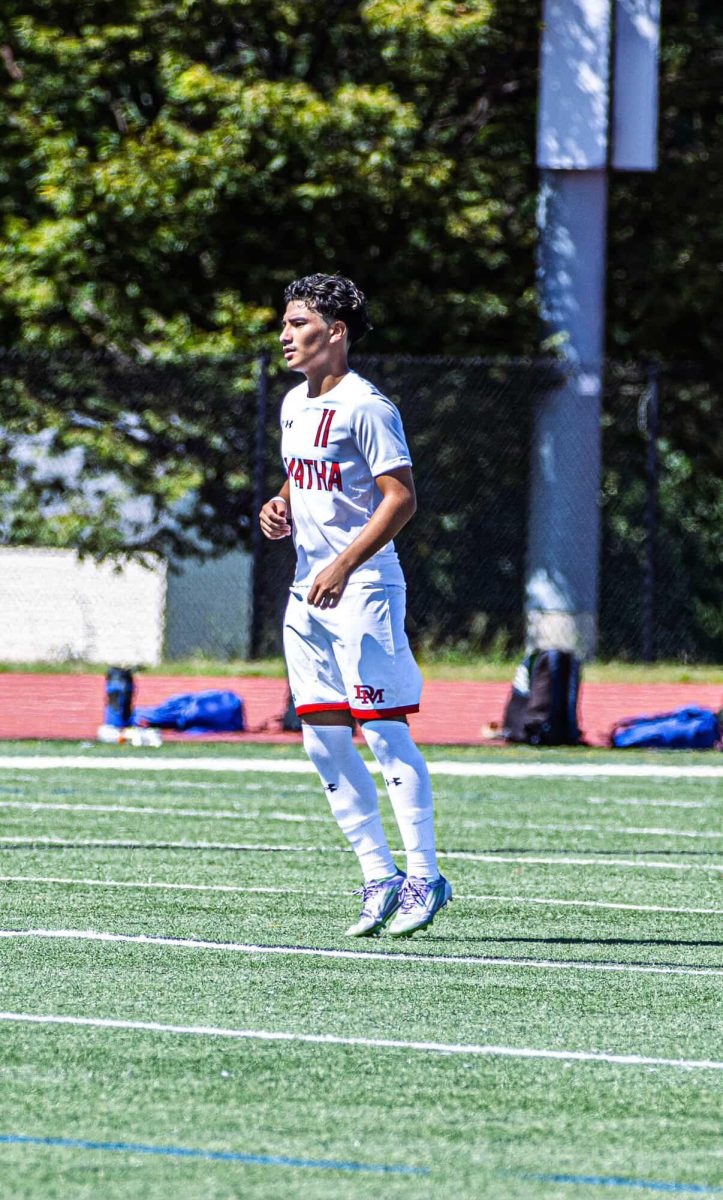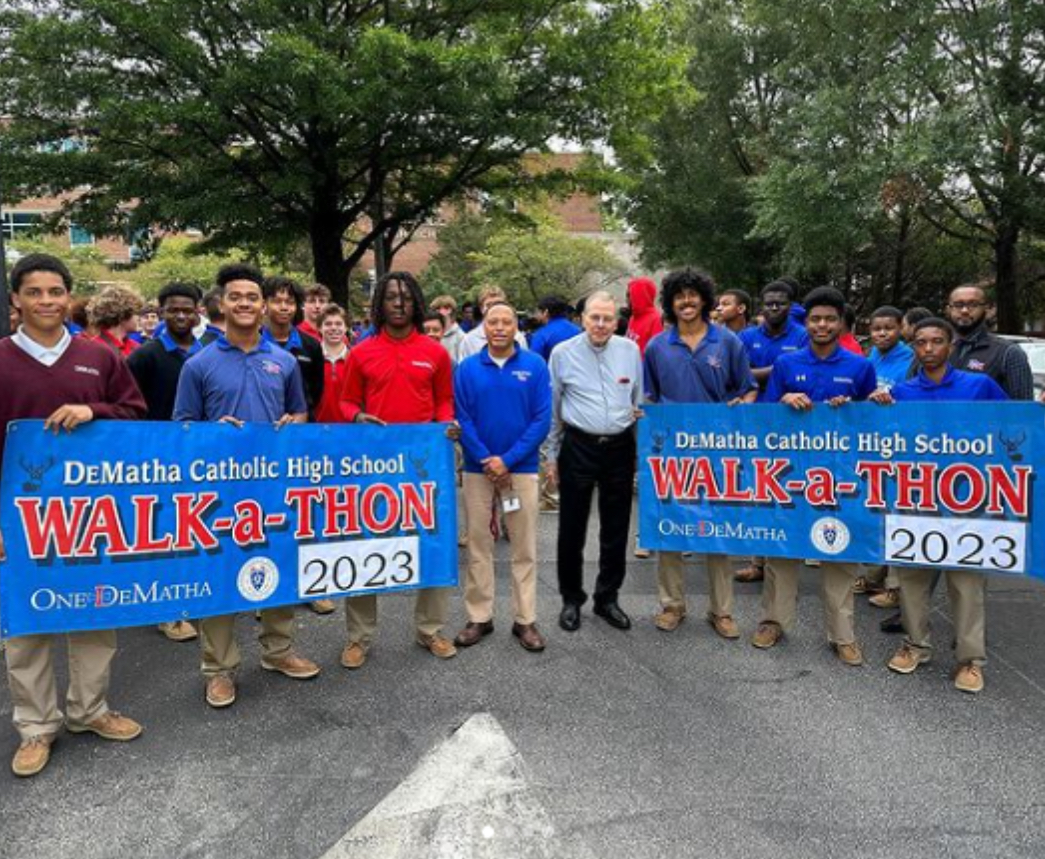China: Another Dodgers’ first: Charles Steinberg Interview Part Two

June 28, 2023
This article is part two of an interview conducted with Dr. Charles Steinberg, where we spoke about his career and some of the more important events he’s contributed to that have impacted Major League Baseball’s growth globally. In this article we talk about the Los Angeles Dodgers’ historic trip to China. Dr. Steinberg provides his perspective on the trip.
Introduction
Major League Baseball (MLB) is becoming increasingly popular around the world. What originally started as America’s pastime has now grown globally, and is now being broadcasted by 141 media partners in over 207 countries. In addition to television and other media, a major reason why MLB has become popular in other countries is due to teams serving as ambassadors by traveling to countries to play for their curious fans. One of the more historic events was when the Los Angeles Dodgers visited China 15 years ago.
The Dodgers Trip to China
On March 13, 2008, the Los Angeles Dodgers traveled to Beijing, China to take on the San Diego Padres in a two-game exhibition series. These two games represented the first ever major league baseball games played in China, and allowed China to be only the second country in Asia to host an MLB game at the time (Japan was the first in 2000). Dodgers owner Frank McCourt was the visionary behind the trip to China. McCourt was an innovator who would use unconventional methods to promote his team and make them better. The Dodgers going to China served a couple of purposes: In the short term, China got the opportunity to practice handling big sporting events in preparation for the 2008 Beijing Olympics. In the long term, MLB wanted to increase viewership in one of the largest global markets while finding young Chinese MLB prospects.
To kick off the trip the Dodger organization took the 18 hour flight from Los Angeles to Beijing. When the team arrived, Dr. Steinberg stated that they were exposed to an infinite amount of “media availability”, as a multitude of Chinese reporters were excited to document the Dodgers’ time in China. After all the media exposure and fanfare at the airport, the Dodgers went directly to their hotel to recover from the jet lag, since Beijing’s time zone is 15 hours ahead of Los Angeles.

Day two of the trip the Dodgers joined the San Diego Padres for a players workout. The two teams ran a typical MLB practice at the Wukesong stadium, the field where they played their two games. Wukesong stadium’s field has smaller dimensions and a low elevation (the ball doesn’t travel as far). By having that workout, Dr. Steinberg stated the teams were able to “get a feel of the field” and become “acclimated to playing in China.” Later that day, the Dodgers traveled a couple hours out of Beijing to visit the Great Wall of China. The Great Wall is one of the biggest tourist attractions in the world; it is one of the tallest and longest defense structures ever built by mankind (can be seen by satellite from space). When asked about his time on the Wall, Dr. Steinberg stated it was “great”, and recalled a moment when he was on the Wall and he said “How cool that Joe Torre (the manager of the Dodgers at the time) and I… are standing on the Great Wall of China.” This was a moment in his life he could not have imagined if not for his career in baseball.
Day three was the first game of the two-game China series between the Padres and the Dodgers. The crowd atmosphere was electric and giddy with anticipation. Thousands of fans showed up for batting practice and were crowded inside and outside the stadium. Not only did fans of China pack the stadium, but many came from Korea and Japan, traveling over hundreds of miles to watch their first MLB baseball game. The stadium reached its maximum capacity of 12,000 people seemingly before the game started. Despite not knowing much about the game and its traditions, such as the seventh inning stretch, the fans cheered wildly throughout the game. Even the most routine or insignificant plays (e.g. ground balls and pop ups) drew booming reactions from the crowd as if home runs were being hit and runs were being scored.
The fan’s enthusiasm created a great atmosphere that resulted in a good game. After nine innings, The Dodgers and Padres tied 3-3. The Dodgers got off an early 1-0 lead in the 3rd inning, and held a 3-1 lead in the 8th. However, a clutch two run double by the Padres ended up tying the game and ultimately saving the Padres from the loss. Recalling back to that game, Dr. Steinberg remembered seeing MLB Commissioner Bud Selig. He was impressed by the Commissioner’s attendance because earlier that day he had also attended MLB’s game in Japan. When Selig was asked about the China game, he proudly said, “It’s historic if nothing else.”
On the fourth and final day, the energy of the crowd was still relentless, and the Padres closed out the game in a 6-3 victory. After the game, the two teams returned home to their respective cities.
Significance to China and MLB

Without question the Dodgers’ historic trip to China helped expand MLB’s global popularity and fanbase in Asia. Prior to the China trip, the Dodgers were also one of the first teams to sign talented Japanese and South Korean players such as Chan Ho-Park and Hideo Nomo. This solidified MLB viewership and interest from the other side of the world. The populations of Japan and South Korea are 125 million and 51 million respectively. These countries have produced legends like Ichiro Suzuki, Shohei Ohtani, and other talented players. Imagine how many Suzuki’s and Ohtani’s China may possess with a population of 1.44 Billion.
Today the love of baseball in China continues to grow, causing the MLB to establish a pipeline for the best Chinese prospects to pursue their dream of playing professional baseball. According to Bleacher Report (2021), in 2008 only 100,000 kids played baseball on ten total fields in all of China. 13 years later, over 400,000 kids play baseball in almost 400 ballparks in China. In addition, MLB signed a 10-year deal with China to establish more ballparks, and to continue to promote the game in China. A couple years into that deal, China’s “baseball population” eclipsed 41 million people. As a result MLB established the MLB China Cup, a nationwide youth tournament of 400 teams, that encourages and develops Chinese kids to play baseball. Dr. Steinberg once stated that baseball “[is] America’s game, but we’re fine [with] it [being] America’s export.” The Dodgers’ trip to China was the tip of the iceberg for the MLB to tap into the country’s potential contribution to the game. It has allowed Major League Baseball to expand their global fanbase and find new talent. As MLB expands both in China and globally, it should be grateful for the bold leadership of the Los Angeles Dodgers to make China fall in love with one of the greatest games America has created.





![DeMatha Catholic [@DeMatha Catholic]. 2025, September, 19. Instagram.](https://demathastagline.com/wp-content/uploads/2025/09/IMG_3305.jpeg)















